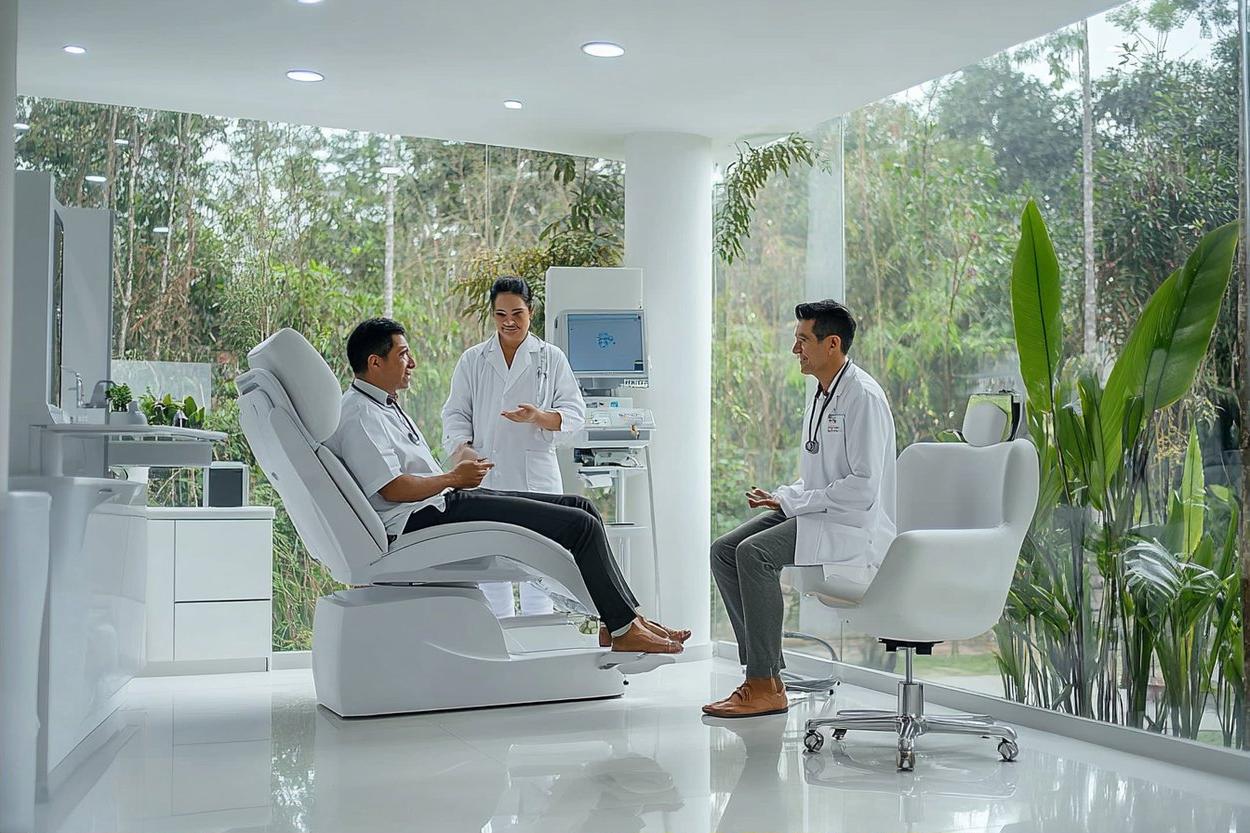Medical Assistant Jobs: Role, Skills, Technology, and Patient Care
Medical assistant jobs combine administrative and clinical duties in ambulatory and outpatient settings, clinics, and other healthcare facilities. This article explains common responsibilities, the skills employers look for, how technology and AI are changing the role, and how medical assistants contribute to patient care. The content is informational and does not advertise or guarantee specific job openings; readers should consult verified job boards and local services for current opportunities.

This article is for informational purposes only and should not be considered medical advice. Please consult a qualified healthcare professional for personalized guidance and treatment.
What does a medical assistant do in healthcare?
Medical assistants perform a mix of administrative and clinical tasks that support daily operations in healthcare settings. Administrative duties commonly include scheduling, managing patient records, billing, and handling communications. Clinical responsibilities vary by state and employer but can include taking vital signs, preparing patients for exams, assisting clinicians during procedures, administering certain injections where permitted, and collecting specimens. The exact scope of practice depends on local regulations, employer policies, and individual training.
Which medical skills are commonly required?
Employers typically seek a combination of interpersonal, technical, and organizational skills. Clinical competencies include phlebotomy basics, taking and recording vital signs, and infection prevention practices. Administrative skills include electronic health record (EHR) navigation, appointment coordination, and basic coding or billing familiarity. Soft skills such as clear communication, empathy, time management, and attention to detail are essential for interacting with patients, clinicians, and administrative teams. Certification and accredited training programs can formalize and demonstrate many of these skills to employers.
How does technology shape the medical assistant role?
Technology increasingly influences how medical assistants work, particularly through electronic health records, telehealth platforms, and digital scheduling systems. Familiarity with EHR software helps with documentation accuracy and information retrieval. Telehealth requires skills in setting up virtual appointments, ensuring patient privacy, and troubleshooting basic audio/video issues. Technology also supports clinical workflows with barcode medication administration, digital imaging interfaces, and point-of-care testing devices that medical assistants may operate under supervision. Ongoing technical training is beneficial as systems and regulatory requirements evolve.
What role does AI play in clinical support?
AI is being integrated into healthcare tools that assist with administrative triage, document automation, and clinical decision support. For medical assistants, AI-powered features can streamline repetitive tasks—such as transcribing clinician notes, flagging incomplete records, or suggesting appointment prioritization—freeing time for patient-facing work. Clinical AI tools may summarize data trends or highlight abnormal results, but final interpretation and care decisions remain the responsibility of licensed clinicians. Adapting to AI requires awareness of accuracy limitations, data privacy considerations, and how these tools fit into established clinical protocols.
How do medical assistants support patient care?
Medical assistants are key contributors to patient experience and safety. They prepare patients for exams, explain basic procedures, ensure proper documentation of histories and medications, and coordinate referrals and follow-ups. Clear communication and empathy help build trust, while accurate data collection supports clinical decision-making. Medical assistants often facilitate continuity of care by verifying insurance details, arranging tests, and ensuring patients understand post-visit instructions. Their role helps streamline clinical workflows so licensed providers can focus on diagnosis and treatment.
How to find local services and pursue medical assistant jobs?
When seeking medical assistant positions, prioritize verified local services such as accredited training programs, community college certificates, and recognized certification bodies. Job seekers should search reputable healthcare employer websites, hospital and clinic career pages, and established job boards; verify postings directly with the employer to avoid misleading listings. Networking with local professional groups, attending healthcare job fairs, and completing externships can improve practical experience. Check state-specific scope-of-practice rules and any required background checks or immunizations before applying. This article provides general guidance and does not list specific openings.
Conclusion
Medical assistant jobs bridge administrative efficiency and hands-on patient support, requiring a balance of clinical skills, technology familiarity, and interpersonal abilities. As healthcare systems adopt new technologies and AI tools, medical assistants who build adaptable technical skills and maintain strong patient-centered practices will remain valuable members of care teams. For current job opportunities or training programs, consult verified local services, accredited educational institutions, and official employer channels.
This article is for informational purposes only and should not be considered medical advice. Please consult a qualified healthcare professional for personalized guidance and treatment.






